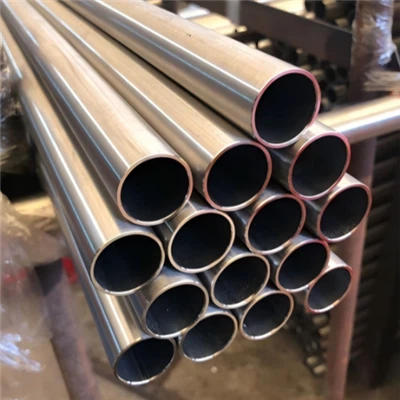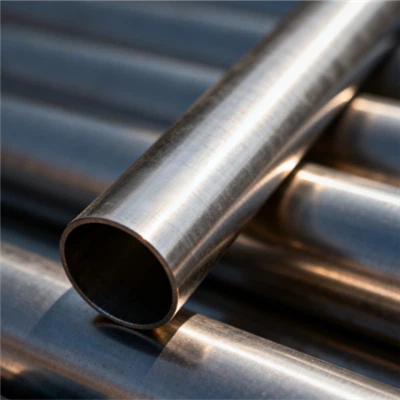When you think of stainless steel pipes, what comes to mind? Kitchen sink drains? Construction site water lines?In reality, this unassuming material has quietly "saved the day" in global high - end fields-from offshore wind farms battling century - old sea corrosion to Mars rovers traversing polar cold, and even nuclear reactor pipes safeguarding safety. With its core strengths of corrosion resistance, high strength, and long lifespan, stainless steel pipe has become the "invisible guardian" of critical industries.Today, we highlight three iconic international cases where stainless steel pipes stepped up to the plate in "impossible missions."
Norway's Hywind Tampen Offshore Wind Farm-"50 Years of Rust - Free Protection"
In 2020, one of the world's largest floating offshore wind projects, Norway's Hywind Tampen, began operations. Here, sea winds carry salt spray year - round, with chloride concentrations 3x higher than normal seawater-enough to corrode ordinary steel in a decade. Yet the project boldy chose 316L stainless steel pipes for wind turbine foundation bolts and cable protection sleeves."Our tests showed: 316L's chromium - nickel - molybdenum alloy forms a dense oxide film in salt spray, limiting corrosion to <0.01mm/year over 50 years," said the project's technical lead. Today, over 2,000 316L stainless steel pipes lie beneath the seabed, silently supporting 11 turbines (88MW total capacity). They're projected to cut maintenance costs by 50% over their lifecycle.
France's Cofrentes Nuclear Power Plant-"A 900°C Safety Barrier"
Nuclear reactor pipes are the "heart of safety." In Cofrentes Nuclear Power Plant's pressurized water reactor, cooling water flows through main pipes enduring 300°C heat, 150 atmospheres of pressure, and corrosion from boric acid (a radiation - shielding coolant). The choice here: thick - walled 316L stainless steel pipes."316L's high nickel (10%) and molybdenum (2 - 3%) content keeps it ductile under neutron irradiation, with 5x better stress corrosion cracking resistance than ordinary steel," explained the plant's operations director. Since entering service in 1984, these pipes have safely operated for nearly 40 years-never leaking coolant due to corrosion. This translates to decades of clean, reliable power for millions of European homes.
NASA's Perseverance Mars Rover-"Lifeline in Martian Polar Cold"
In 2021, NASA's Perseverance rover landed on Mars, facing -120°C polar cold, thin atmosphere, and intense radiation. Its critical component-the cooling pipes for the radioisotope thermoelectric generator (RTG)-had to withstand extreme temperature swings and cosmic rays. NASA picked 304 stainless steel capillary tubes."304's austenitic structure retains ductility in extreme cold, avoiding brittleness. Its surface polish (Ra0.8μm) also minimizes radiation adhesion," revealed a materials engineer. These 2mm - diameter pipes act like "veins," cooling the rover's nuclear battery and ensuring it operates on Mars for 2 years (far exceeding expectations).
The "Hidden Value" of Stainless Steel Pipes
These cases are just glimpses of stainless steel pipes' "moment of glory." From the deep sea to outer space, energy to aerospace, they support humanity's quest for limits through "invisible effort." As one engineer put it: "Great materials don't need the spotlight-they just need to never fail when it matters."Next time you pass a stainless steel pipe, take a second look-this "silent tube" might just be returning from a mission that saved the world.








